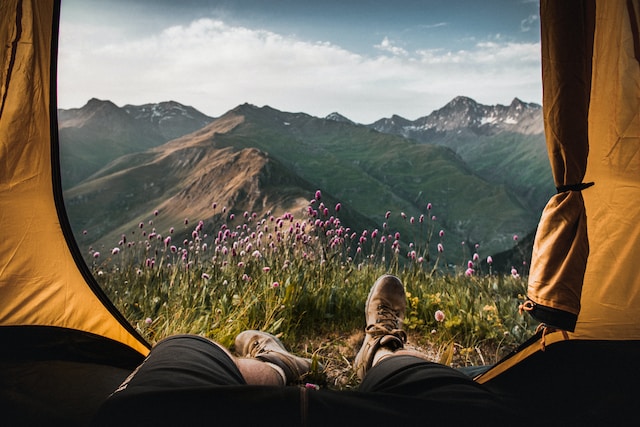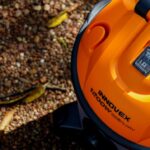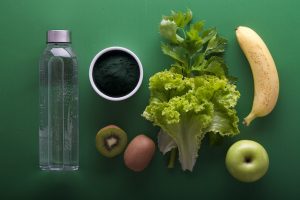
Benefits of Using Outdoor Clothing and Equipment
Outdoor clothing and equipment are less impacted by passing fashion trends than casual wear. The gear is also usually more durable, making it last longer and avoiding the need for frequent replacement.
Warmth
Outdoor clothing needs to protect the wearer from the elements. This is why high-quality outdoor apparel manufacturers prioritize durable fabrics and reliable seam sealing technology. They also offer additional features such as reflective, zipper garages, adjustable hoods, and inside zipper chest pockets. These features enhance the performance of the clothing and increase its comfort.
Another important feature of outdoor Simms Clothing Canada is odor resistance. When people sweat while working hard outdoors, their clothes can quickly become unpleasant if they don’t have odor-repelling properties. Luckily, many modern synthetic fabrics are great at this and will not smell like cotton.
An outdoor clothesline is another excellent way to keep your clothes fresh and wrinkle-free. Clothes hung outside to dry are often much softer than those zapped by the heat of powered dryers and last longer. The softer fabrics can also help avoid pilling when garments are regularly tumble-dried.
Breathability
Breathability refers to a fabric’s capability to move moisture (sweat) away from the skin. This keeps the wearer relaxed and comfortable in warm climates, especially in cardio-based activities like hiking or trail running. It also allows the fabric to stay fresh, which helps avoid lingering odors.
The best breathable fabrics are made from synthetic materials such as nylon and polyester. These clothes are perfect for wearing outdoors because they are sturdy and easy to clean. Additionally, they are lightweight and soft, ensuring maximum comfort while wearing them.
Another great benefit of breathable fabrics is their sweat-wicking properties. Keeping moisture away from the skin is essential to avoid feeling cold and uncomfortable. This is particularly important during winter when getting wet from rain or snow can leave you cold and uncomfortable.
Comfort
There’s nothing like the comfort of a warm, soft shirt washed by natural sunlight and dried in a warm spring or summer breeze. Clothing that has been cleaned and dried outdoors is more comfortable and safer than garments washed in a powered clothes dryer that can set stains.
Outdoor clothing manufacturers incorporate more functional features into their products to enhance the wearer’s experience. Examples include a zipper garage to protect the chin of a helmet from chafing and an inside zipper chest pocket that helps keep items safe and dry.
Many new fabrics used in outdoor gear are made from bamboo rayon, which is soft and comfortable against the skin. Unlike cotton, which can irritate the skin and cause abrasions, bamboo rayon is softer than wool and is hypoallergenic. It’s also moisture-wicking, making it suitable for base and mid-layers. It also doesn’t get stinky as easily as synthetic fabrics, so you don’t need to wash it as often.
Durability
Outdoor clothing needs to be durable to withstand the elements and repeated wear. Many high-end brands place durability as a priority in their design and manufacturing. Durability can be a cost factor, but the longevity of outdoor clothing is worth the extra investment.
A durable fabric such as merino wool is also eco-friendly. It regulates body temperature and resists odors, keeping you fresh on those showerless multi-day treks.
When clothing is thrown in the trash, it takes decades to decompose and emits methane, a significant contributor to climate change. Donating or consigning used outdoor clothing saves valuable resources, like water, needed to manufacture your clothes. Many outdoor brands place social responsibility as a significant focus in their business model. They do this by partnering with organizations and charities that help people in impoverished countries worldwide.
















